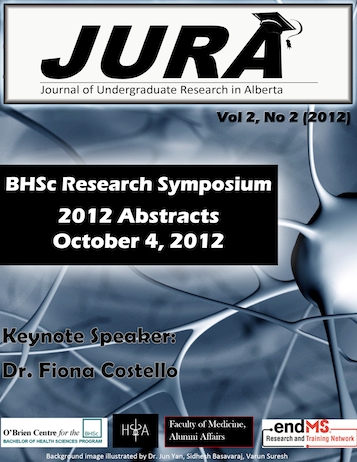The History of the Health Consumer: Exploring the changing roles of patients in the healthcare system
Keywords:
health consumerism, health technology, health careAbstract
The term health consumer reflects a shift in healthcare ideology from traditional patient-provider roles to a system where the patient is an active player in the determination of their health decisions (1). As a result, individuals interacting within the healthcare system are gaining increased access to empowering information and technology. Consumer friendly technologies such as smart phone application and websites have been created to allow individuals to not only have diagnostic information previously only accessible via healthcare providers, but also more information on health therapies and interventions, including do-it-yourself style guides. The development and projection of this newfound role and accompanying health science technologies, as well as the appropriate synthesis of these factors with the healthcare system, has yet to be determined. Inevitably, the ability of the current healthcare system to adequately adapt to the changing demands of the health consumer will determine the future success and efficiency of the system. The goal of this research was to explore the following questions: What is the role and importance of health consumers within the healthcare system? And how has this role developed? In order to answer these questions, we aimed to pinpoint chronological changes in health consumer discourse involving the needs, wants, and roles of consumers; a scoping literature review of both grey and academic databases was performed. Ultimately, by discerning shifts in these variables we hoped to identify the current breadth of literature on health consumerism as well as identify areas in need of future study.
Downloads
References
medical dominance. Health & social care in the community [Internet].15(5):426–38. Available from:
http://www.ncbi.nlm.nih.gov/pubmed/17685988
Downloads
Published
Issue
Section
License
Authors retain all rights to their research work. Articles may be submitted to and accepted in other journals subsequent to publishing in JURA. Our only condition is that articles cannot be used in another undergraduate journal. Authors must be aware, however, that professional journals may refuse articles submitted or accepted elsewhere—JURA included.


